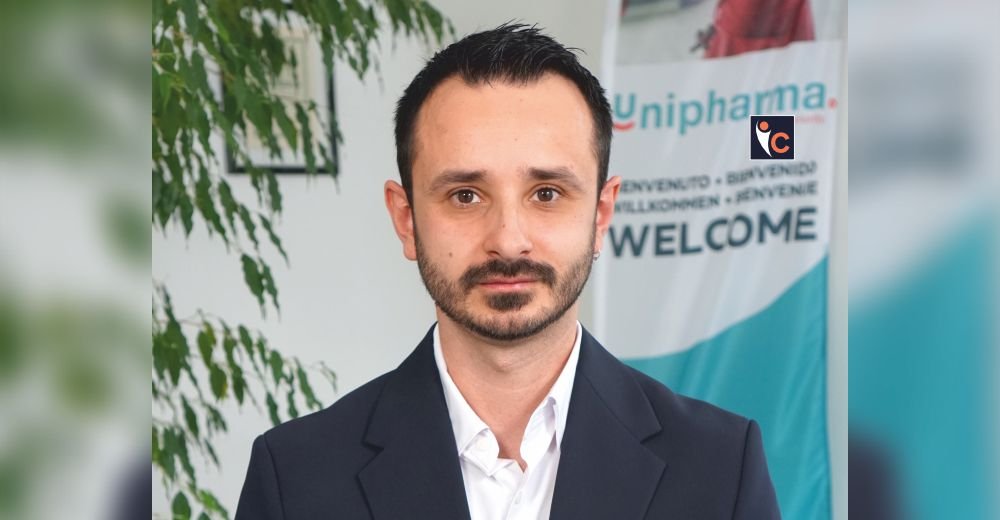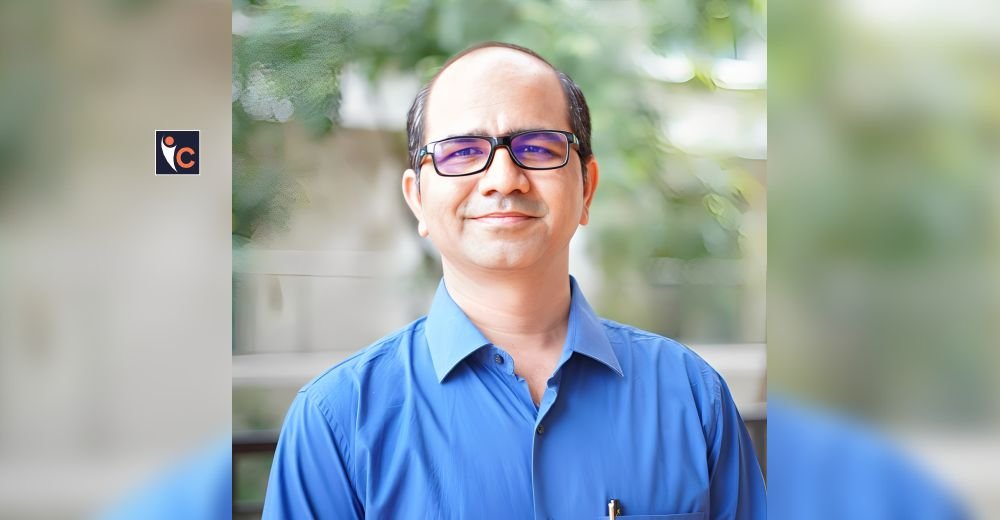We are living in a world where geography, regulation, and supply chain complexity too often stand between patients and the medicines they need, technology offers a powerful bridge.
According to the World Health Organization, in low- and middle-income countries, at least 10% of the medicines on the market are counterfeit or of poor quality, with an estimated economic impact of about $31 billion per year and devastating health consequences for the most vulnerable segments of the population. This is not an abstract or distant problem: it is a silent crisis that continues to claim victims where poverty and inequality already dominate.
Technology, if used responsibly and ethically, today has the tools to bridge this gap. Telemedicine, for example, has revolutionized the way healthcare can reach even the most remote areas. The ability to consult a doctor through a simple internet connection has already proven to save lives, providing diagnoses and prescriptions to those who would otherwise have been excluded.
In parallel, mobile health (mHealth) solutions leverage the widespread availability of smartphones to send therapeutic reminders, educate patients, and monitor chronic diseases, contributing to better adherence to therapies and more effective management of pharmaceutical resources.
But ensuring access does not just mean physically reaching the patient: it also means ensuring that the medicine is authentic, safe, and traceable. In this field, blockchain, the same technology underlying cryptocurrencies, is emerging as a key technology. Thanks to its decentralized and immutable structure, it allows for tracking every stage of the pharmaceutical supply chain — from production to distribution — preventing the circulation of counterfeit medicines and increasing transparency for all stakeholders involved.
It is no coincidence that the global blockchain market applied to the pharmaceutical supply chain, valued at $1.27 billion in 2024, is expected to reach $6.57 billion by 2033. We are no longer talking about experimentation, but about a structural transformation already underway.
At the same time, localized production and 3D printing of medicines are changing the rules of the game. These technologies allow for the production of essential medicines directly in the contexts where they are needed, reducing waiting times and logistics costs, and decreasing dependence on fragile international supply chains. For countries with limited resources, this could represent a turning point towards greater healthcare self-sufficiency. The increasingly significant contribution of artificial intelligence in the research and development of new drugs cannot be ignored. AI is able to analyze large amounts of biological and clinical data in a fraction of the time, identify promising molecules, and accelerate the phases of experimentation. This not only means reducing R&D costs but also making the production of medicines for neglected diseases economically sustainable — diseases that are often unprofitable for the industry but crucial for millions of people in developing countries.
In the European context, the serialization of medicines is another key element in ensuring safety and transparency. The European Union has introduced the requirement to apply unique identification codes and tamper-evident seals on every prescription medicine, with the aim of combating counterfeiting. Even Italy, which has so far benefited from its own system based on the pharmaceutical seal, will have to fully comply with this regulation starting in February 2025. Although the European system does not (yet) rely on blockchain, it represents an important step toward widespread traceability, with a tangible impact on patient safety.
Another key element in strengthening global access to medicines is international cooperation among regulatory bodies. Organizations such as the EMA (European Medicines Agency), the FDA (Food and Drug Administration), and the WHO are working to harmonize regulations and simplify the market authorization processes. The adoption of shared approaches to drug regulation — for example, the reliance procedure — allows countries with fewer resources to rely on the scientific data and evaluations conducted by more structured agencies. This can significantly reduce approval times and accelerate the arrival of medicines where they are most urgently needed.
Another powerful tool is represented by compulsory licenses and access-facilitating agreements. In situations of health emergencies or when insurmountable economic barriers exist, governments can authorize the production of generic versions of patented medicines without the consent of the patent holder, as provided for under the TRIPS agreement of the World Trade Organization. Although this legal measure is controversial, it has saved millions of lives during HIV/AIDS epidemics and can still represent a way out in critical contexts today.
Finally, the role of non-profit organizations and public-private partnerships cannot be overlooked. Initiatives like GAVI (the Global Vaccine Alliance), the Global Fund, or DNDi (Drugs for Neglected Diseases initiative) demonstrate how cooperation between governments, industry, academia, and civil society can generate concrete and sustainable solutions. These models, focused not on profit but on social impact, have enabled the development and distribution of therapies for neglected diseases, such as leishmaniasis or sleeping sickness, that affect millions of people neglected by traditional markets.
Personally, I firmly believe that these technologies should not be the privilege of wealthy countries or large multinational corporations. I believe that every person, wherever they were born, has the right to an authentic, effective, and accessible medicine. True progress is not only measured in the discovery of the next monoclonal antibody or the sophistication of artificial intelligence algorithms, but in the ability to bring these tools where they are most needed. Where a child still dies from a simple bacterial infection, or a mother cannot be treated due to the lack of a basic antibiotic.
It is not enough to innovate: we must do so with awareness, with an inclusive and compassionate vision. In conclusion, ensuring universal access to safe and effective medications is not just a moral obligation but a critical step toward global health equity. Through innovation, ethical leadership, and international collaboration, we have the opportunity to bridge the gap in access to essential medicines. By combining technological advancements with solidarity, we can build a world where access to healthcare is a universal right, empowering individuals, communities, and nations to thrive, regardless of their geographic location, socio-economic status, or healthcare infrastructure.
In a nutshell – technology enables us to be more agile, more informed, and more connected—all essential attributes when working in a field where every day counts. It empowers companies like ours to not just move products, but to deliver timely hope to patients around the world.
About the Author: Brian Scarpolini
Brian Scarpolini is the Finance Director at Unipharma SA, a position he has held since 2023. With over ten years of experience in controlling, he brings a wealth of expertise to his role. In addition to overseeing financial operations, he plays a key role in driving process optimization and automation initiatives.





